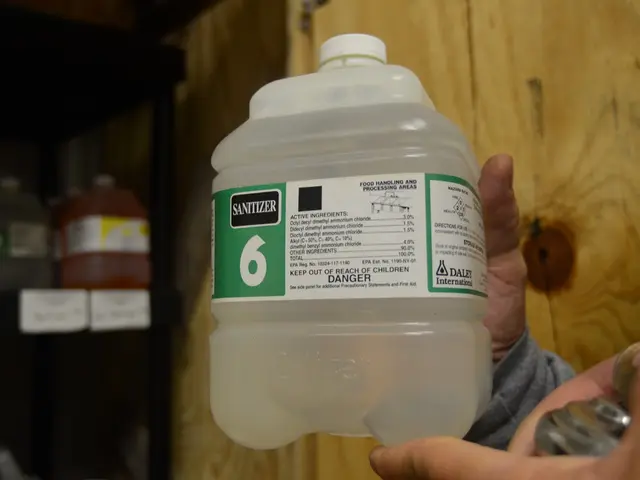Understanding Compulsive Sexual Behavior (Sexual Addiction): Essential Information
In the realm of mental health, Compulsive Sexual Behaviour Disorder (CSBD) has emerged as a topic of significant discussion. This condition, characterized by a persistent pattern of failure to control intense, repetitive sexual impulses or urges resulting in repetitive sexual behavior, has become a growing area of concern.
The World Health Organization (WHO) has recognized CSBD in the ICD-11 (International Classification of Diseases, 11th Revision), classifying it under impulse-control disorders. The diagnostic criteria for CSBD, as outlined by the WHO, encompass a persistent pattern of uncontrollable sexual urges leading to repetitive sexual activities that can become a central focus of a person's life, often leading to neglect of health, personal care, and other responsibilities.
However, the American Psychiatric Association (APA) does not recognize CSBD as a distinct mental health disorder in the DSM-5-TR (Diagnostic and Statistical Manual of Mental Disorders, Fifth Edition, Text Revision). While the DSM-5-TR does not include a diagnosis for sexual addiction or compulsive sexual behavior, some therapists may still use an addiction-based framework for treatment, including abstinence and 12-step models.
The discrepancy between the WHO and APA's stance on CSBD arises from the lack of empirical evidence supporting its classification as a distinct disorder. The WHO's inclusion of CSBD in the ICD-11 reflects a broader recognition of compulsive behaviors as health issues, while the APA's approach is more conservative, requiring further research and evidence before adding new disorders to the DSM.
Treatment options for CSBD typically involve a combination of psychotherapy and behavioral interventions, though they are not specifically detailed by the WHO. The APA's stance suggests that while compulsive sexual behavior can be a significant issue, it does not meet the criteria for a formal psychiatric disorder in their current classification system.
Compulsive sexual behavior can be challenging to treat, as a person may rationalize their behaviors and thought patterns. Common behaviors associated with CSBD include compulsive masturbation, multiple affairs, persistent use of pornography, practicing unsafe sex, cybersex, meeting with sex workers, and an inability to contain sexual urges.
While the connection between compulsive sexual behavior and the psychological circuits of addiction is not yet fully understood, the impact of CSBD on personal, family, social, educational, and occupational functions is undeniable. Untreated compulsive sexual behavior can result in intense feelings of guilt, low self-esteem, severe anxiety, and depression.
As the discussion around CSBD continues, it is crucial to remember that support from friends and family plays a vital role in aiding recovery. More empirical evidence is necessary before major health authorities add CSBD as a standalone diagnosis, ensuring that any future classification is based on solid scientific evidence.
Science continues to explore the connection between Compulsive Sexual Behavior Disorder (CSBD) and addiction, as the impact of CSBD on mental health, health-and-wellness, and personal responsibilities becomes clearer. Due to the lack of empirical evidence, the American Psychiatric Association (APA) has not recognized CSBD as a distinct mental health disorder yet, suggesting that it may fall under the umbrella of therapies-and-treatments for addictions.








